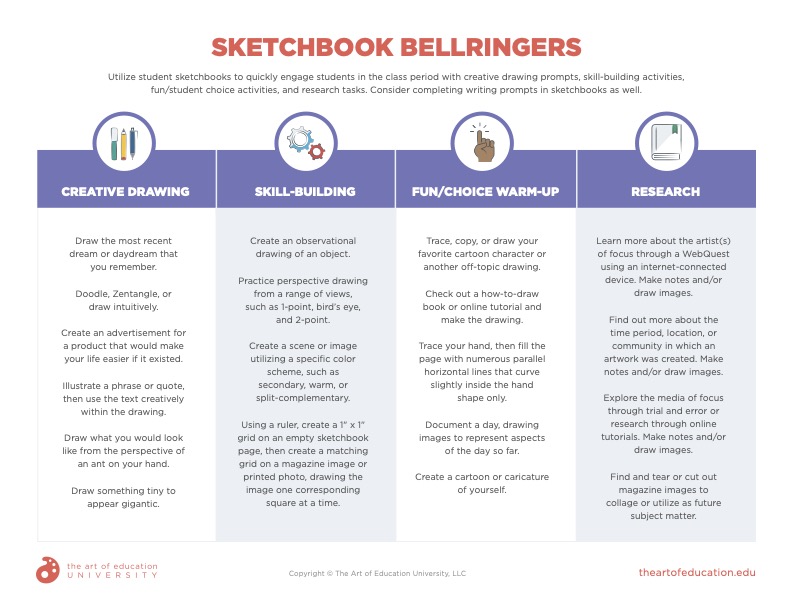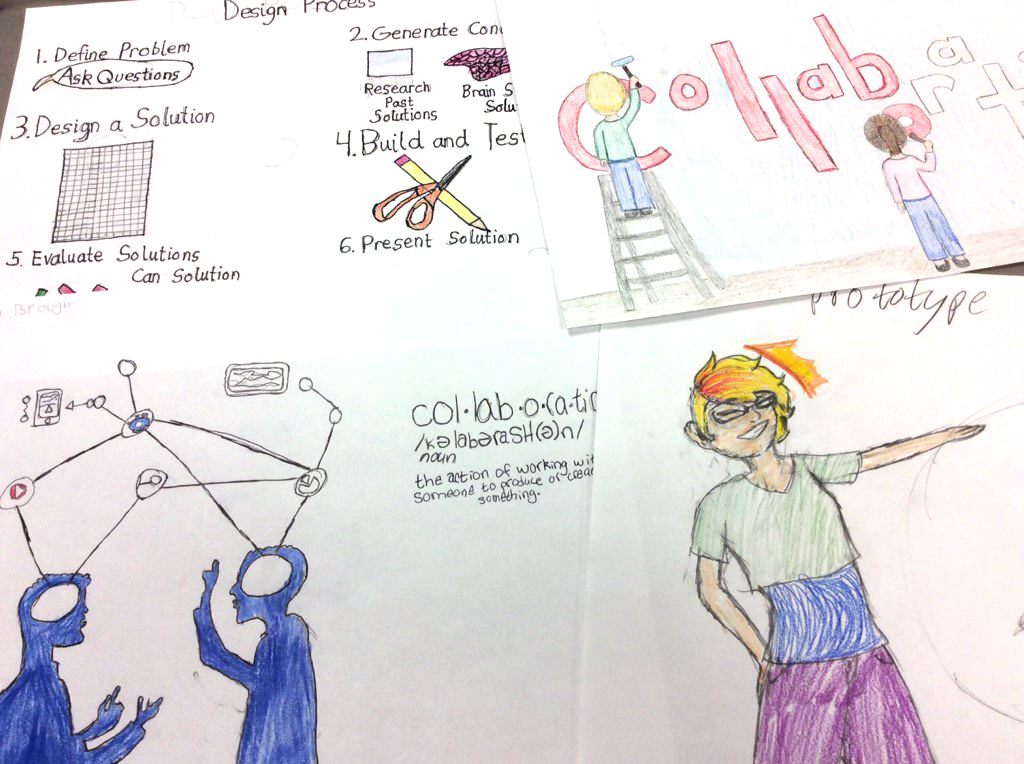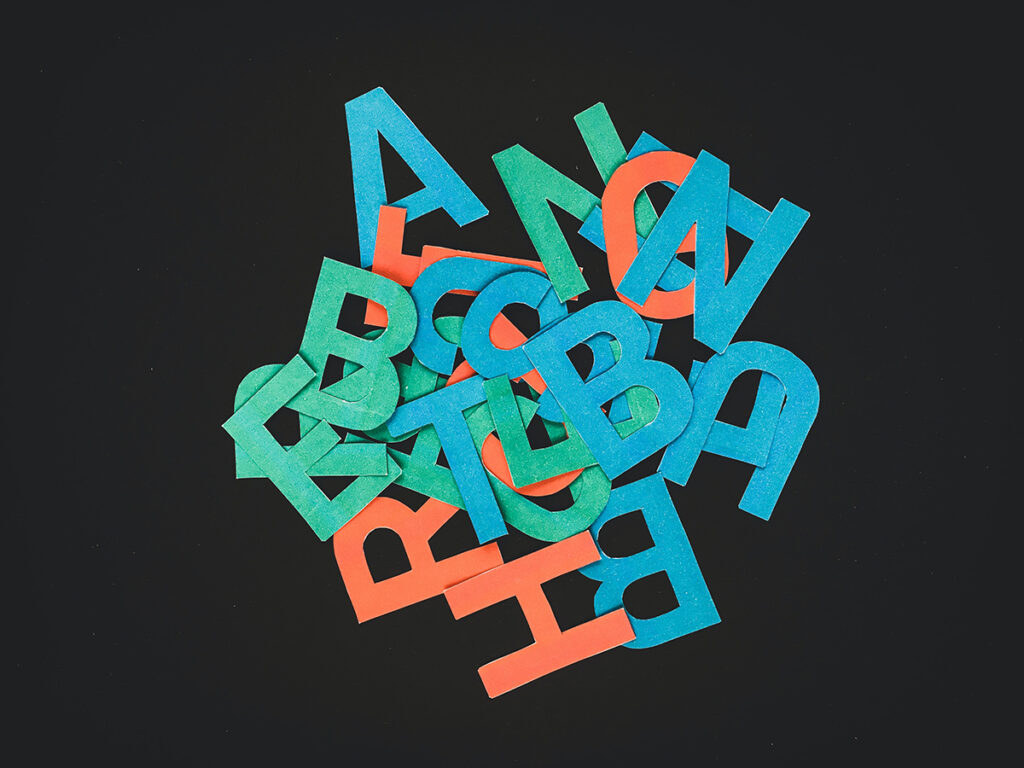
How Can I Level Up Warm-Up and Closure Activities?
Warm-ups, bellringers, hooks, openers, do nows, and anticipatory sets. Regardless of what you contact them, they established the tone and phase for the relaxation of the class time period. At the close of the course, students participate in a closure action to evaluate and sum up their mastering. Although it can be handy to set up a plan and do the identical action at the commencing and finish of course, it can also get stale and go away students wanting more. Let us just take a appear at a handful of exciting and enjoyable actions you can weave into your classes to give them a boost!

Chelsea Fleming is AOEU’s K-12 Expert Improvement & Curriculum Professional. Chelsea applies her working experience and knowledge as a center school art trainer and tutorial mentor to our FLEX Collections and Professional Packs. Chelsea reminds lecturers of all content spots that heat-up and closure things to do are so useful because “the 1st and very last matter get remembered perfectly.” Environment college students up for achievements with the “first and past thing” includes constructing a routine and sturdy expectations.
Listed here are Chelsea’s best 7 guidelines when it arrives to applying these functions in your art space:
- Accommodate or excuse late pupils and early dismissals.
Warm-ups and closures, for the most portion, are student-directed activities. If a pupil misses a heat-up or closure exercise, they can do it as an early finisher exercise later in the interval or following class. - Build expectations.
Begin from the starting by producing warm-ups and closures non-negotiable. Learners do them, and there are no other choices. Pupils also like regularity so environment this up as a regime is important. - Clarify the “why.”
Explicitly inform pupils how this is not busywork or “just” an added activity so that you get their buy-in. Probably a specific prompt will get their resourceful juices flowing, or a process will give them more shading exercise in advance of a ultimate artwork. Perhaps a limited reflection will activate their brains for wondering, or a fast drawing will warm up their hand muscle mass. - Motivate active participation.
We can not power pupils to take part on the other hand, we can established distinct anticipations and share the reason driving the action. If a college student is nonetheless choosing not to participate, talk to yourself (or them!) why. - Set a timer.
Lots of learners recognize a timer. It can provide as a motivator and express urgency. - Be existing.
This time is excellent for teachers to multitask—you can prep or clean up to stay on major of your obligations. Be aware that you are nevertheless current and out there to your learners. Ask them issues and compliment them! - Allow go of grading.
You would be buried in paperwork if you graded just about every warm-up and closure! There is no require to quality everything pupils do, but continue on to assessment their answers and use them as a formative evaluation. Deliver feedback, so students know these routines are significant to you and their finding out.
6 Heat-Up Functions for the Artwork Room
In accordance to a analyze from Microsoft, we get rid of focus right after only 8 seconds. Our attention spans are reducing thanks to our electronic way of life we see this reflected in our students in the art room. How you start out course matters and can dictate how the relaxation of the period of time goes. Start off solid with an partaking warm-up and enthusiastic frame of mind to hook your college students. When you find a few formats you and your pupils like, preserve them on a rotation. It will make planning a lot easier for you and be far more reliable for your pupils.
On the subject matter of bringing engineering and screens into the warm-ups, Chelsea reminds us that while these equipment are beneficial and are ordinarily an straightforward way to get most pupils intrigued, not all of them love technology as we presume. She cautions that breaking screens out for an exercise can be tough to shift previous later. As this sort of, screens may well be much better utilized in an exercise later on in the interval.
Chelsea suggests maintaining routines, these types of as the warm-up, either the similar number of minutes as their age or shorter to accommodate the lowering awareness span. More mature students do not have to have to exceed 5-7 minutes, so most of the course can be put in on the lesson’s main. Enthusiasm and electrical power do not mean you have to have to be theatrical and about-the-top rated, even though if that is your individuality, go for it! Purposeful planning and a normal appreciate for visual artwork are plenty of to established your warm-ups up for good results. Let us look at some actions underneath to help you plan with a intent!
For a deeper dive into ways to hook your pupils throughout the lesson, verify out the Professional Pack, Approaches for College student Engagement. In it, you will locate tons of activities and tips to draw your students’ attention. Down load the Bellwork Prompt Strategies for a sneak peek at what this Pack has to offer you! It consists of lists of pursuits broken down into groups: sketchbook, crafting, contemplating, and ability-spiraling.

Download Now!
1. “What if…”
Question theoretical queries to get students pondering and producing creative and reflective connections. Loosen up and know these are alright to be loosely tied to your lesson system or curriculum. For instance, you can ask, “What if you could be a crayon? What color crayon would you be nowadays and why?” to kick off a color idea lesson.
2. Foolish or Critical Sketchbook Drawings
Get those people hand muscle tissues warmed up with some speedy, minimal-tension drawings. Pupils can evaluation a drawing procedure from the past class or crank out suggestions for an future assignment. They can illustrate an artwork term or treatment or doodle to decrease strain.

Here are some compilations of our favourite sketchbook prompts. Bookmark and down load them now so you often have selections on hand.
3. Image of the Day
Task a image of the working day. You can uncover your possess or seize one particular from Countrywide Geographic’s Picture of the Day. Learners can share a tale of what happened before or after the photo. You can also zoom in on one particular section of the impression and check with learners to guess the entire picture.
4. Collaborative Story
Put up a composing prompt on the board, this sort of as, “Once upon a time….” As students occur in, they grab a marker and write a portion of the tale. This heat-up is a well-known just one, so if you have a whole lot of avid writers, incorporate a term restrict for every student!
5. A, B, C
Deliver a matter or topic these as artists, painters, artworks, or provides. Each individual university student writes 1 phrase beginning with A, a single phrase commencing with B, and 1 phrase commencing with C. For occasion, if the theme is portray materials, A could be “acrylic,” B could be “brush,” and C could be “canvas.”

6. Memory Lane
Students publish down everything they recall from the final class time period. By anything, Chelsea suggests anything! It can contain the lesson actions, aim(s), and responsibilities. It can even involve what they wore that working day, what they talked to their tablemates about, or what the principal reported by means of the loudspeaker. This heat-up will get pupils to reflect on the previous course and reactivates their memory. When examining the responses, you will most likely giggle at the funny and unusual matters college students get absent. Appear for the most important principles protected as a recurring thread.
6 Closure Activities for the Artwork Room
Closure can be challenging when you have huge messes to clean up up at the end of class. Chelsea encourages us to “not enable your course end at cleanse up!” Develop in time for clean up-up and your closure action. Only soon after learners cleanse their spots and return to their seats, deliver the closure action. Doing it in this purchase also allows you see any remaining messes. Enable college students know cleaning up is a pause in artmaking, and there is just one far more thing to accomplish. You can also reframe thoroughly clean-up as “putting our provides away” to aid college students see that this is not the conclusion of class. A closure exercise can also make anticipation for the up coming class with a minor careful forethought.
1. “I went to the art provide keep to buy a…”
This is yet another alphabet recreation, but the course operates alongside one another to full the exercise. A person student will commence by declaring, “I went to the art supply retailer to get a…” and will checklist an art source commencing with the letter A. The next university student will repeat the declaring, record the 1st student’s artwork offer commencing with A, and include a 2nd artwork offer starting with the letter B. The sport continues till you use all 26 letters or all college students have a change. This is a silly workforce bonding game to critique art components and provides. Know your university student demographic this may perhaps not be the ideal match if you have a significant inhabitants of students who are ELL or have foods/product shortage problems.
2. Prevent Light Look at
Article a image of a site visitors halt light with each coloured circle labeled with the next: red is “Needs Extra Assistance,” yellow is “Getting It,” and eco-friendly is, “I bought it!” If projected on a whiteboard or printed and laminated, college students can place a tally mark on their circle with a dry erase marker. Learners can also publish their names on a sticky notice and connect them to the right circle on a more substantial diagram. For a far more nameless check out-in, pupils write their coloration mild in their sketchbooks for you to verify later, or you can set up an online poll.

3. Riddle
Give a riddle or joke to your students. It can be art-themed or loosely connected by issue subject. Disclose the reply upcoming class to get learners enthusiastic to occur back! If your course is receiving all set to paint up coming time, crack the information to them by asking, “I am a coat that can only be set on when damp. What am I?” Or, following they start out painting and have performed coloration mixing routines, question, “What does a momma shade wheel say to a baby shade wheel?” Convey to the college students up coming course, “The momma says, ‘Don’t use that tone with me!’”
4. Guess What is Following
Display a element of an impression or artwork. It can be the very first element of a diptych or collection. It can also be a zoomed-in closeup. Students guess what transpires up coming, possibly in the next picture or the whole image. Reveal the response to them in the subsequent course to develop suspense!
5. Sentence Stems
A sentence stem is a fill-in-the-blank phrase or sentence. Pupils write their responses on a sticky be aware and include them to a specified area in the place on their way out the door. Your sentence stems can be basic, like “I appreciated ___ the most currently!” or far more technological, like “One of the watercolor strategies we practiced now is ___.”
6. Similes
One more exciting sticky be aware action is to provide a simile prompt. A simile involves a comparison of two different points to illustrate a place. You fill in the 1st blank, and pupils fill in the 2nd and third blanks, “___ is like ___ due to the fact ___.” For occasion, immediately after a visible journaling lesson, a simile could be, “Sketchbooks are like cell phones since they history concepts, and you get them in all places!” Or, after a drawing lesson, “Chalk pastels are like young siblings due to the fact they are normally a Massive mess!” Chelsea warns this is a different 1 certain to provide laughter!
Whatever instructional lingo you use, warm-up and closure things to do are invaluable to university student understanding inspite of the quick quantity of time they use. Build anticipations to convey to learners this is a schedule section of just about every class. Inspire lively participation from all pupils by applying a timer and sharing the function of every single action. Give well timed responses and be current although college students perform to improve studying and the activity’s achievement. And go for it! Try the above techniques, tweak them, or come up with your personal. Let’s have the 1st and last thing our students keep in mind about our class be impressive, so they are nervous to arrive back for far more!
What is a beloved heat-up or closure exercise you would include to this checklist?
How will you cultivate a classroom environment that values the initially and final component of the course?
